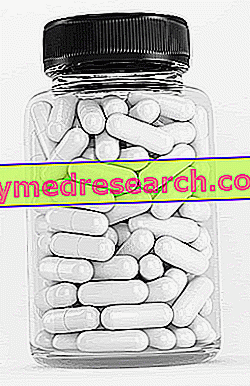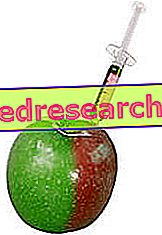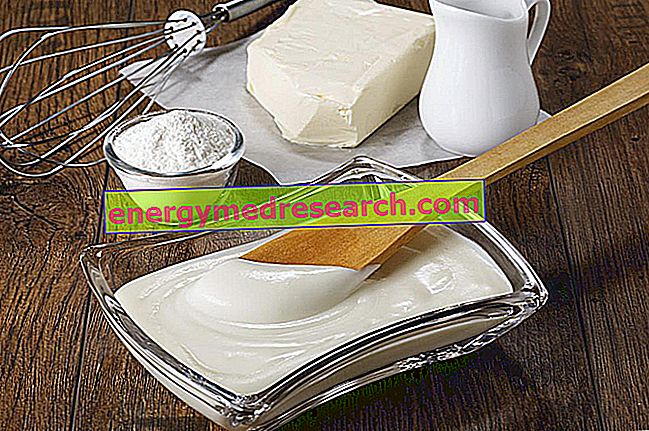Generality
Maraschino is an alcoholic beverage obtained from the distillation of marasca or amarena cherries (fruits of the tree Prunus cerasus L.).
The maraschino is colorless, transparent, with a sweet taste and an alcohol content of about 30% Vol .; it is therefore deducible that it is a super-alcoholic beverage.

Background
Defining precisely who has discovered maraschino is not simple, since it is a liqueur with an Italian name but with roots deeply attached to the Croatian coast.
At the time of its discovery, in fact, much of today's coastal Croatia was subjected to the Republic of San Marco. It seems that the very first recipe of maraschino dates back to 1500 BC and that the author of the formula was a Dominican pharmacist residing in the city of Zadar (Dalmatian city). Practically, maraschino was invented by a monk belonging to the Venetian State who knew how to make the most of the organoleptic and gustatory properties of Croatian cherries.
However, the architects of the international marketing of the product were primarily the Venetians of the Drioli family, who, after a few years, were emulated by the Genoese Luxardo (both families residing in Zara). However, after the Second World War, following the destruction of the distilleries and the rise of the Yugoslavian communist revolutionary Josiz Broz Tito (who saw the Italian sale of Zara to Yugoslavia), all the surviving Italian entrepreneurs in Croatia repatriated; once safe, some of them started again the liqueur activity inside the Bel Paese (initially, the main companies sprang up between Padua, Venice and Modena). At the same time, at the end of the conflicts, in the city of origin the factories were restored to restart the export of the same name but, thanks to a legal appeal by the Luxards, the Croatian maraschino had to change its name, which became Maraska.
While the Drioli factory closed its doors in the 1970s, the Italian factories of Luxardo and Casoni (originally Vlahov) are still in operation, as is the overseas Croatian "Maraska Company Zadar".
Production
The most famous Italian-made maraschino (not to be confused with the Maraska) is the Luxardo, distinguished by the packaging typically composed of a green glass bottle, with a red capsule, wrapped in a straw covering on which the label is placed. The latter, in addition to the denomination, exhibits some of the awards received at international spirits competitions.
The most important characteristic of maraschino is that it is one of the few liqueurs in the world obtained by "distillation", and not by exclusive mixing of ethyl alcohol and syrups or other ingredients. Moreover, the drink benefits from an aging lasting about 2 years, which takes place in vats in Finnish ash wood (known for its ability to NOT leave any type of pigment); only at this point, maraschino is added with syrup to increase its sweetening power and reduce its alcohol content.
Consumption of Maraschino
Maraschino can be consumed in different ways.
As a digestive it is ideal pure, smooth or with ice. If diluted in cold water or orange juice it assumes the role of thirst quencher brilliantly. Corrects excellently the espresso coffee and seasoning fruit salads just as brilliantly. Mixed with other ingredients, maraschino structures (primarily or optionally) numerous international cocktails, some of which are: Mary Pickford, Cuba Libre, Daiquiri, Screwdriver, Royal Derby, York Special, Dewey, Flip, Cider Cobbler, Gilmore Punch etc. .
In the kitchen, or rather in pastry, maraschino is notoriously used in the formulation of bagne for the development of the so-called "bases" (eg sponge cake or certain biscuits).
Nutritional Features
Maraschino is a spirits, which is why it must be consumed in the right quantities.
It is a drink that does NOT lend itself to customary consumption and the relative portion, if desired, should not in any case exceed 60ml / day, or 2 small glasses per day.
The excess in the consumption of maraschino could harm health, aggravating or predisposing to being overweight and high blood pressure, as well as damaging the liver.
It should also be remembered that, although ethyl alcohol (in moderate doses) is not directly involved in the increasing pathological mechanism of type 2 diabetes mellitus, the sugars contained in the drink can be rather harmful.
Even subjects with metabolic syndrome and those in growth should abstain completely from taking maraschino.



